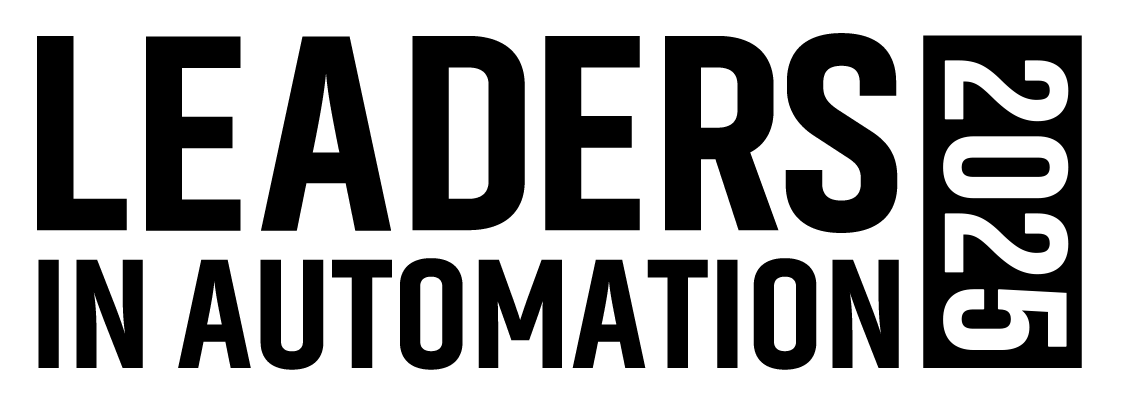Universal Robots Unveils Latest Cobot Tech in Collaboration with Nvidia
If you’ve attended any manufacturing industry trade show over the past several years, there’s one thing you’re certain to have seen plenty of — Universal Robots’ (UR) collaborative robots (cobots). A major reason these cobots are so ubiquitous is that Universal Robots has continued to adapt and advance its robot technology to keep up with and stay ahead of industry’s needs.
The company’s ownership by Teradyne, which also owns autonomous mobile robot company MiR, is a key factor in UR’s and MiR’s overarching presence in industry with Teradyne’s extensive history in industrial electronics testing systems prior to its robotics acquisitions. Now, Teradyne’s collaboration with Nvidia is positioning the company to bring increasing amounts of AI-powered tech to its products.
The latest results of this collaboration between Teradyne and Nvidia were on display at Automate 2025 in Detroit with the release or UR’s latest product, the UR15. With a payload capacity of 15 kg (33 lbs.) — which can be increased to 17.5 kg (38.58 lbs.) via a software upgrade — and a maximum TCP speed of 5 m/s, Universal Robots says the UR15 is “the fastest ever UR cobot, enabling reduced cycle times, increased productivity and reduced costs across applications and industries. For pick-and-place applications, the UR15 delivers up to 40% cycle time improvements compared to other UR models.”
Universal Robots also announced an update to the company’s well-known e-series of cobots. These updates are:
- UR5e gets a 2.5 kg (5.5 lbs.) upgrade from its original 5 kg payload and is thus renamed the UR7e
- UR10e, with an original payload capacity of 10 kg (22 lbs.), can now carry 12.5 kg (27.55 lbs.), and has been renamed the UR12e to reflect this change.
The UR3e and UR16e remain in UR’s e-Series lineup.
Smoothing robot motion with AI
Showcasing Teradyne’s collaboration with Nvidia is UR’s new OptiMove motion control algorithm that dynamically optimizes speed and acceleration to deliver smoother cobot movements, reduced vibrations and improved cycle times, particularly in high-mix, low-volume manufacturing of potentially fragile parts.
Explaining how the smoother robot movements enabled by OptiMove improves cycle times, Ujjwal Kumar, group president of Teradyne Robotics, noted that OptiMove has now “been running for almost half a year in several production facilities, and we’re seeing up to 40% cycle time reduction versus our traditional UR platform — which is a huge throughput improvement.”
Kumar added that OptiMove is not just a feature available on the new UR15 but is available for all UR cobots via the company’s Polyscope X software as part of its AI Accelerator. The AI Accelerator is a robotics tool for the development of AI-powered applications for UR cobots. It includes computer vision technology for improved robot decision-making and improved decision making and motion capabilities derived from AI training models.
The UR AI Accelerator was developed in collaboration with Nvidia using Nvidia Isaac’s CUDA-accelerated libraries and models and running on the NVIDIA Jetson AGX Orin system-on-module.
“Ever since AI became popular with deep learning 10 years ago, the dream always has been to use AI for these high-mix applications,” said Deepu Talla, vice president of robotics and edge AI at Nvidia. “But it's been a challenge because, until recently, the technology was not good enough. Now, the technology is catching up and that's enabling us to solve these problems — whether it's for motion and detection applications or generalized models.”
Combining cobots and autonomous mobile robots
UR and Nvidia also highlighted the MC600, which combines a MiR PalletJack autonomous mobile robot (AMR) integrated with a UR20 robot to pick, move and place objects in unstructured industrial environments.
“Getting to 99% accuracy is not enough” in the manufacturing and logistics industry spaces, said Talla. “Using simulation to develop and test this [combination of AMR and cobot technologies] has increased the time to deployment by an order of magnitude to solve these unstructured problems.”
Kumar added that the use of simulation to have all the robotic components of the MC600 pre-programmed and pre-tested before deployment is the “the biggest game changer” because of how quickly it enables not only deployment, but redeployment of the robots in changing environments.
Collaborative robots typically operate in a work cell storing items in boxes, said Kumar. AMRs are then commonly used to transport those boxes to a different location for palletizing. The MC600 combines these technologies to create a hybrid robotic worker for picking and placing, intralogistics transportation and for palletizing.

